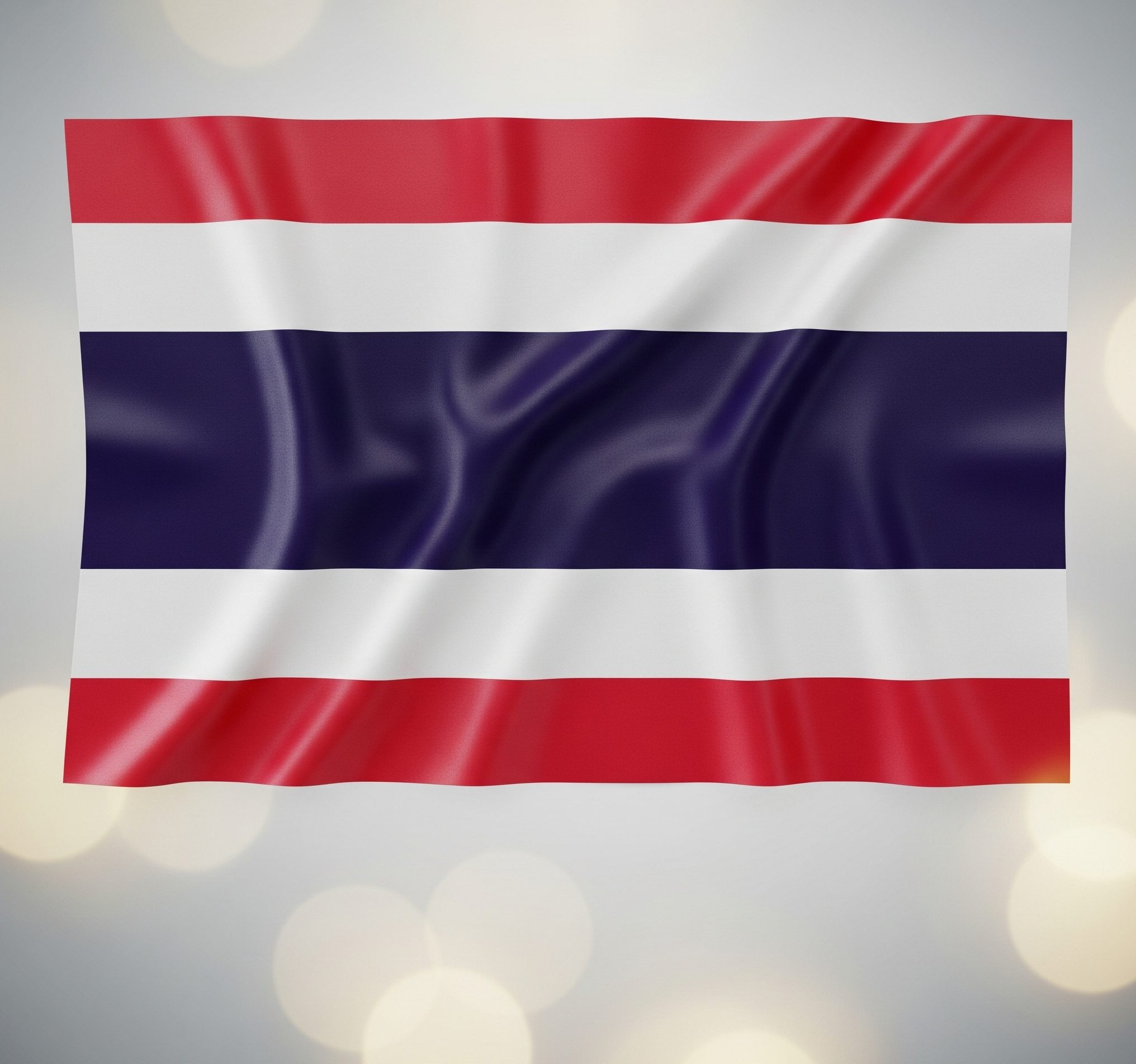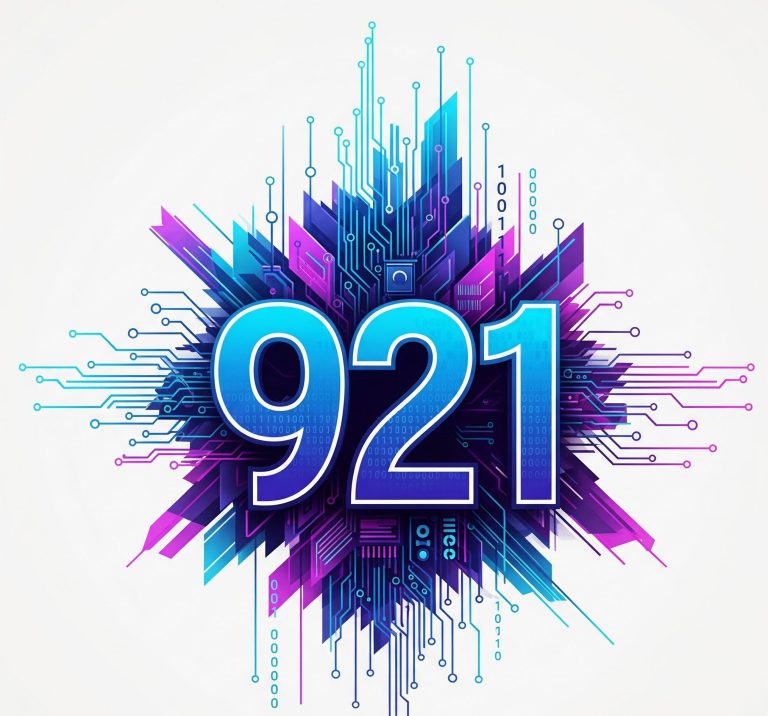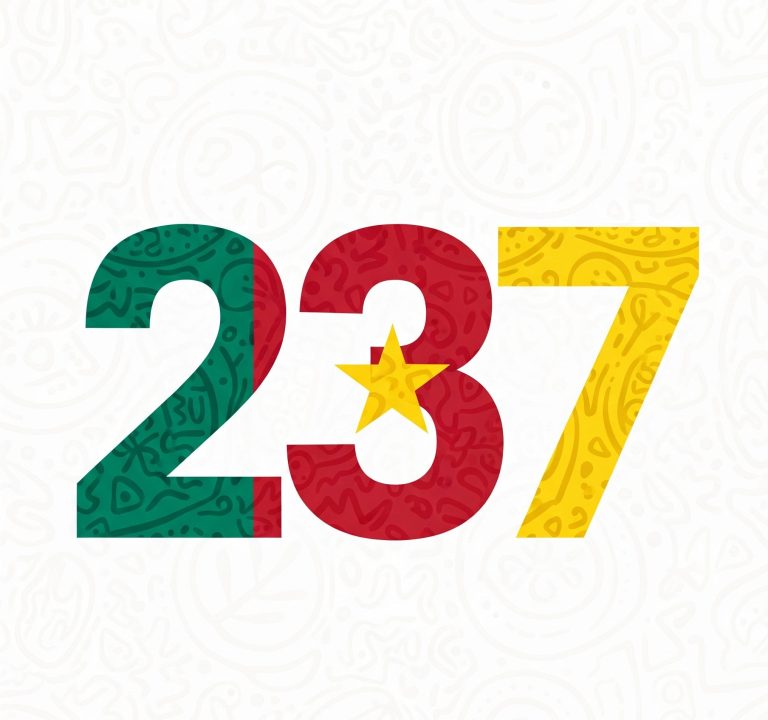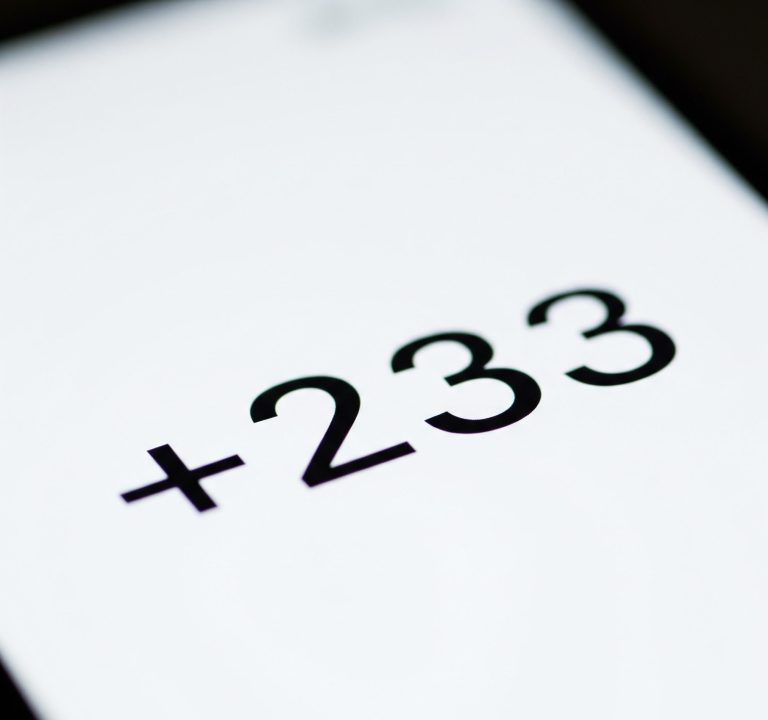For Americans looking to connect with friends, family, or business associates in the vibrant Southeast Asian nation of Thailand, understanding the nuances of international dialing is key. At the heart of this connection lies the +66 country code, the essential gateway for any communication originating from the United States and destined for the Land of Smiles. This article will demystify the process of calling Thailand, offer insights into typical communication etiquette, and highlight ways to manage the costs associated with international calls.
Contents
The +66 Country Code: Your Direct Line to Thailand
Every country in the world has a unique country calling code, a numerical prefix that routes international calls to the correct nation. For Thailand, this code is +66. Think of it as a zip code for an entire country, ensuring your call reaches the right global destination. Without the +66 country code, your attempt to connect with someone in Thailand simply won’t go through.
How to Dial Thailand from the U.S.
Making an international call might seem daunting at first, but with the correct sequence, it’s straightforward. To call a landline or mobile number in Thailand from the United States, you’ll generally follow these steps:
- Dial the U.S. Exit Code (011): This code signals to your phone carrier that you are making an international call. It’s the “international access code” for outbound calls from the U.S.
- Dial the Thailand Country Code (+66**):** This is where the +66 country code comes in. You’ll input “66” immediately after the U.S. exit code.
- Dial the Area Code (if applicable) or Mobile Prefix: Thailand has specific area codes for landlines in different regions (e.g., “2” for Bangkok). For mobile numbers, you’ll typically dial a prefix that usually starts with 6, 8, or 9. Important Note: When dialing a Thai mobile number from abroad, you usually drop the leading “0” that would be used if you were calling domestically within Thailand. So, if a domestic mobile number is 081-XXX-XXXX, you would dial 011-66-81-XXX-XXXX.
- Dial the Local Phone Number: Finally, you’ll enter the remaining digits of the local phone number. Thai phone numbers, excluding the country code, typically range from 8 to 10 digits.
Example for a Bangkok Landline: If the Bangkok landline number is 123-4567, you would dial: 011-66-2-123-4567.
Example for a Thai Mobile Number: If the mobile number is 081-234-5678, you would dial: 011-66-81-234-5678.
For cell phone users, many smartphones allow you to simply hold down the “0” key until a “+” appears, which automatically replaces the international exit code (011). So, you could dial +66 followed by the rest of the number. This is often the most convenient method for mobile users.

Understanding Thai Communication Etiquette
Beyond just the mechanics of dialing, it’s helpful for an American audience to understand some basic aspects of Thai communication etiquette. While calling for personal reasons might be more relaxed, business or formal calls warrant a bit more consideration.
- Politeness and Respect: Thai culture places a high value on politeness and respect, especially towards elders and those in positions of authority. Even in a phone call, a polite tone and respectful language are appreciated.
- Greetings: A common way to answer the phone in Thailand is “Sawasdee” (Hello), often followed by “krub” for males or “ka” for females to add a polite particle.
- Indirect Communication: Thais often prefer indirect communication, particularly when discussing uncomfortable topics or problems. You might hear phrases like “maybe” or “some people” to soften opinions. Expressing strong negative emotions in public, even over the phone, is generally avoided as it can be seen as “losing face.”
- “Mai Pen Rai” (Never Mind): This common phrase reflects a relaxed attitude and a desire to avoid confrontation. While it might seem dismissive to an American, in Thailand, it often serves to calm a situation and maintain harmony.
- Time Zones: Remember Thailand is 11 to 14 hours ahead of most U.S. time zones (UTC+7). Be mindful of the time difference to avoid calling at inconvenient hours, especially for business contacts. A call during your morning might be late evening or even early morning the next day in Thailand.
Managing International Calling Costs
Calling internationally can sometimes accrue significant charges if you’re not on the right plan. Here are a few strategies to manage the cost of calling Thailand:
- International Calling Plans: Many U.S. carriers offer international calling add-ons or plans that provide discounted rates or a bundle of minutes for international calls. Check with your provider (e.g., Verizon, AT&T, T-Mobile) to see what options are available for calls to the +66 country code.
- VoIP Services and Apps: Services like Skype, WhatsApp, Google Voice, and Viber allow for voice and video calls over the internet. If both parties have access to a reliable internet connection, these are often the most cost-effective, and sometimes free, ways to communicate.
- Prepaid International Calling Cards: These cards can offer competitive per-minute rates for international calls. You typically dial a local access number, enter a PIN, and then dial the international number including the +66 country code.
- Checking Rates: Always be aware of your carrier’s per-minute rates for international calls if you’re not on a specific plan. These can vary significantly.
conclusion
while the +66 country code is a simple numerical detail, understanding its role within the broader context of international dialing, coupled with an awareness of cultural nuances and cost-saving measures, can greatly enhance your ability to connect seamlessly with individuals in Thailand from your location in the United States. Whether for personal or professional reasons, bridging the geographical distance is made easier with a little preparation and knowledge.







